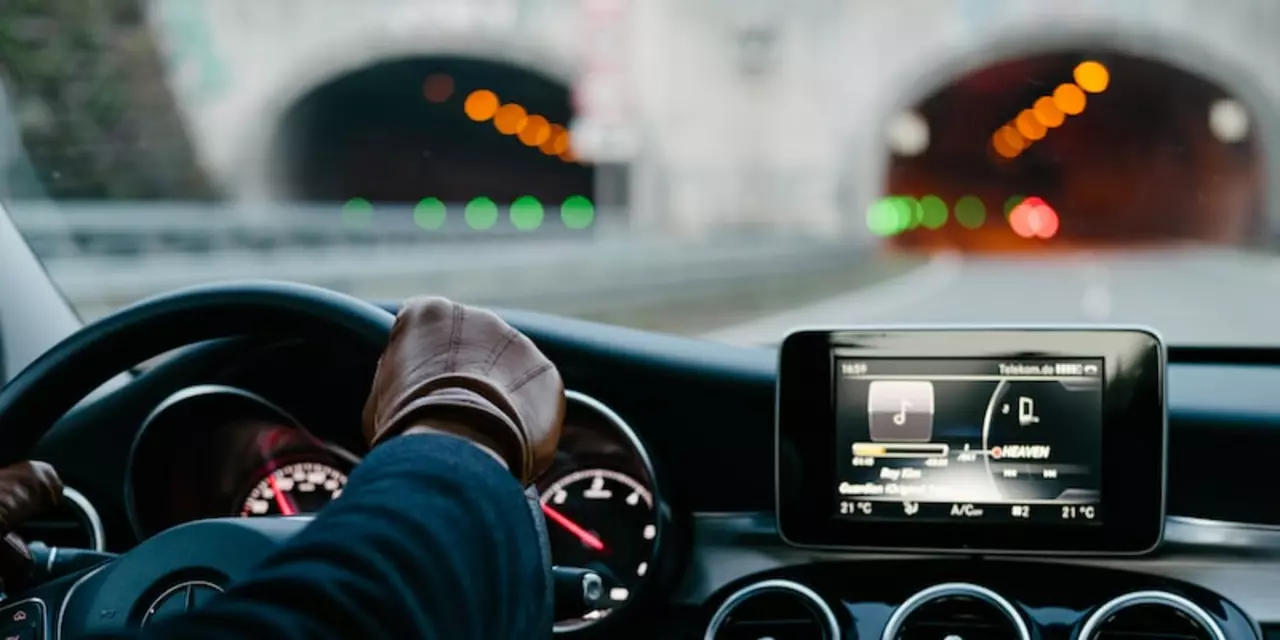How Weather Impacts Your Sports Car Experience
Whether you love a roaring engine on a sunny highway or a sleek ride on a winding road, the weather can change everything. Rain, heat, snow, or even a strong wind can affect grip, power, and comfort. Knowing what to expect helps you stay safe and get the most out of every drive.
Rain and Wet Roads: Keep the Grip
When water pools on the pavement, your tires lose some of their bite. Sports cars often have low‑profile tires that love dry asphalt, so they can feel slippery when it rains. Slow down a bit, increase the distance to the car ahead, and avoid sudden steering moves. If you have performance tires, check they’re rated for wet conditions; otherwise, consider a set of all‑season tires for the rainy months.
Heat and Engine Care
Scorching summer days put extra stress on the engine and cooling system. A hot engine can lose power, and the cabin can become uncomfortable fast. Keep your coolant at the right level and make sure the radiator is clean. Use a sunshade to lower interior temperature before you hop in, and let the car idle for a minute after a long drive to let it cool down.
Snow and ice are another story. The low ride height of many sports cars means the undercarriage can hit icy patches more easily. Use winter tires with proper tread, and think about adding weight over the front axle to improve traction. Remember, the brakes work differently on ice, so give yourself extra stopping distance.
Wind can affect handling, especially on open roads or bridges. A strong cross‑wind can push the car sideways, making it harder to keep a straight line. Keep a firm grip on the steering wheel and let the car’s weight do the work instead of fighting the wind with sudden corrections.
Besides safety, weather also plays a role in performance. Cooler air is denser, so engines can produce a bit more power on a crisp morning. Conversely, hot air is thinner, which can reduce horsepower a few percent. If you track your car, you’ll notice lap times change with temperature – a useful trick for fine‑tuning.
Maintenance habits should adapt to the season. Winter months call for more frequent checks of battery health, tire pressure, and wiper blades. Summer means paying attention to fluid levels, belts, and air‑filter cleanliness. Simple inspections keep your sports car ready for any condition.
Lastly, plan your route with the forecast in mind. A scenic mountain drive sounds great, but if a storm is moving in, it’s better to postpone. Modern apps can show real‑time road conditions, so you can decide whether to take a detour or wait.
Weather will always be a factor, but with a few practical steps you can enjoy your sports car no matter what the sky does. Stay aware, adjust your driving style, and keep your car in top shape – then the road will stay exciting, rain or shine.
Do car dealerships still offer test drives if it's storming?
Car dealerships usually offer test drives to potential customers, but during storms, it is not always possible. For safety reasons, most dealerships will not allow test drives in bad weather conditions. If a customer is interested in a test drive, it is best to call the dealership ahead of time to inquire about the current weather conditions and find out if it is possible to take a test drive. Ultimately, the decision to offer a test drive in stormy weather lies with the dealership, so it is important to check with them first.
